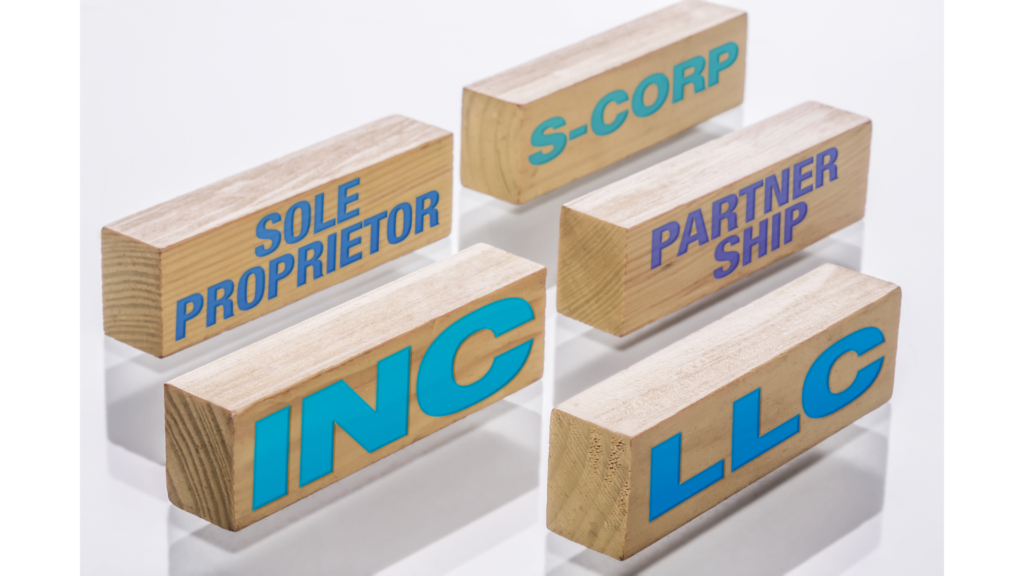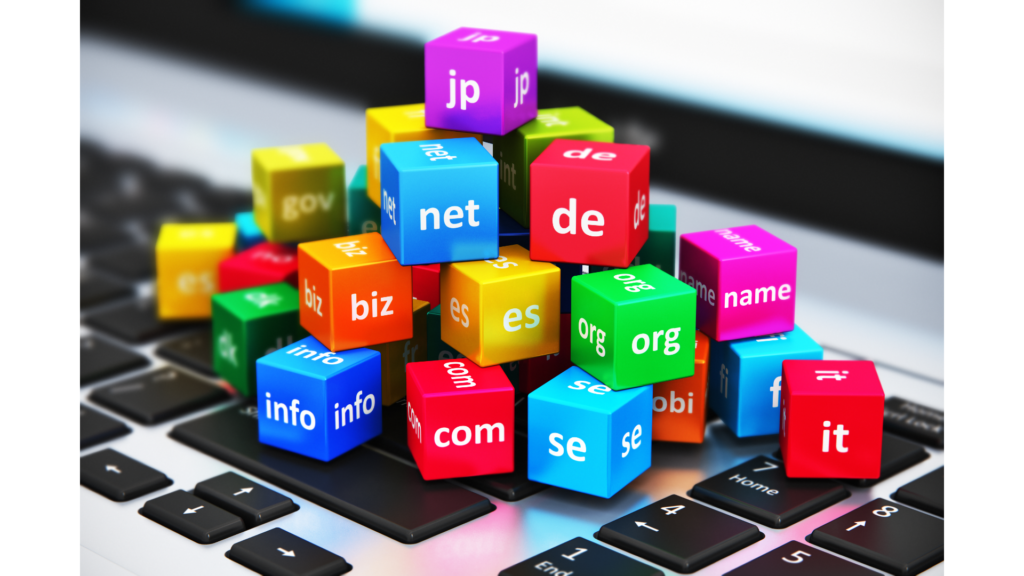The Complete Internet Business Startup Guide
Launching a profitable online business takes careful planning, commitment, and know-how. While the ease of setting up a basic website has lowered barriers to entry, thriving long-term requires understanding best practices across key facets like selecting a niche, registering your business, building your site, driving traffic, converting sales, and managing finances.
This comprehensive Internet business startup guide will walk you through each step of starting a successful online business to turn your entrepreneurial dreams into reality:
Phase 1 – Research and Registration (Internet Business Startup Guide)

Step 1 – Validate and Research Your Niche
The first critical step is choosing a niche for your online business. To determine viability, research:
– Industry size, growth projections, and addressable market
– Competition from existing players
– Clear customer pain points your offerings solve
– Affordable customer acquisition costs per lead
Ideally, your niche should offer substantial profit potential from underserved needs. Conducting thorough early niche research prepares you for success.
Tools like Google Keyword Planner, SEMRush, and Facebook Audience Insights reveal valuable demand data. Surveys and interviews with potential customers provide qualitative insights.
Take time upfront to deeply understand your niche landscape before moving forward.
Step 2 – Choose Your Business Structure

Will your online business be structured as a sole proprietorship, partnership, LLC, corporation, nonprofit, or other model?
Common options:
Sole Proprietorship
– Simplest structure with pass-through taxation
– No distinction between personal and business assets
Partnership
– Shared ownership between 2+ individuals
– Pass-through taxation to owners
Limited Liability Company (LLC)
– Hybrid of corporation and partnership
– Liability protection for owners
– Pass-through taxation
Corporation
– Separate legal entity from owners
– Issuance of stock to shareholders
– Double taxation of profits and dividends
Nonprofit
– Formed to fulfill social objectives
– Tax-exempt status with eligibility requirements
Consult an accountant or attorney when deciding between structures based on liability protection needs, taxation implications, number of owners, and state laws.
Pro Tip: For simplicity, most small online businesses operate as sole proprietors or LLCs.
Step 3 – Register Your Business Name
Every new business requires a name. When naming your online business:
– Check availability by searching state registries and GoDaddy.
– Ensure it’s unique – steer clear of trademarks.
– Align with your niche – include relevant keywords.
– Consider extensions like LLC, Corp., Inc., etc.
– Opt for simplicity – avoid overly complex names.
Pro Tip: Purchase domain names matching your business name so you control branding.
Next, formally register your business by:
– Filing formation documents per your entity type and state laws.
– Obtaining an Employer ID Number (EIN) from the IRS if hiring others.
– Checking local/state licensing and permit requirements.
Registration legitimizes your business and allows you to open business bank accounts.
Step 4 – Set Up Business Banking
A dedicated business bank account keeps finances separate from personal. Explore major banks and credit unions. Look for:
– Low monthly fees or minimum balance waivers
– Multiple free transactions per month
– Interest rates on deposit balances
– Physical branch access as needed
A business credit card also simplifies tracking expenses. Obtain an EIN first, then compare card offers suited for your expected spending.
Step 5 – Establish Proper Accounting
Proper accounting practices are vital for online business success.
Use accounting software like QuickBooks or Xero to:
– Generate financial statements
– Track income and expenses
– Manage invoices and billing
– Run reports for data-driven decisions
Consider hiring a bookkeeper or accountant. If selling taxable goods, ensure sales tax compliance. Staying atop finances will save major headaches.
Phase 2 – Website Creation and Hosting (Internet Business Startup Guide)

Step 6 – Choose a Business Domain Name
Your domain name plays a pivotal role in your brand identity. Look for a domain that:
– Aligns with your company or product name
– Includes your primary keywords
– Uses a standard TLD like .com
– Is short and memorable
Services like GoDaddy allow searching for availability. Buy domains matching your business name and products, even if not used immediately to control branding.
Avoid hyphens, numbers, or vague names. Purchase for 1-10 years.
Step 7 – Select Web Hosting
Reliable web hosting provides the underlying infrastructure to run your online business. Compare costs on:
– Uptime guarantee (99%+)
– Bandwidth and storage allotments
– Speed optimization options
– Server locations
– Email accounts and capacity
– Security safeguards
– Backup frequency
– 24/7 support response time
– Allowed CMS platforms
Aim for managed WordPress hosting with ample resources to accommodate future growth.
Step 8 – Build Your Website
Your website functions as the hub for your online business. Either learn site-building fundamentals or hire a web developer.
Key technical elements:
– Optimize page speed – under 2s load time.
– Implement SSL security certificate.
– Ensure mobile responsiveness.
– Include contact and shopping pages.
– Integrate email list signup forms.
– Set up analytics tracking.
From a branding perspective, communicate your differentiators. Include testimonials and imagery reflecting your target customers.
Step 9 – Create Brand Assets
Beyond your website, create visual assets reinforcing professional brand positioning:
– Logo – Use vector format for scalability.
– Color palette – Limit to 2-3 colors.
– Typography – Select readable, on-brand fonts.
– Images – Maintain consistent style, quality, and branding.
– Videos – Develop promotional and tutorial videos.
– Newsletter template – Create a cohesive email template.
Visually consistent materials build familiarity and trust.
Phase 3 – Operations and Fulfillment
Step 10 – Set Up Order and Fulfillment Operations
To deliver products/services, create order and fulfillment workflows:
– Accept payments by integrating a merchant processor like Stripe.
– Choose shipping carriers with wholesale rates.
– Set up shipping label printers for automation.
– Establish inventory management protocols.
– Implement an accounting system for invoicing.
– Determine packing methods and unboxing experience.
– Create online accounts with vendors for supplies and materials.
– Hire fulfillment staff as order volume grows.
Smooth operations ensure professionalism and positive customer experiences.
Step 11 – Comply with Relevant Regulations
Research if your online business model requires specific licenses, permits, or regulatory compliance:
– Business licenses are often required locally.
– Retail sales tax obligations when selling physical products.
– Industry regulations if operating in restricted markets like finance or healthcare.
– Product safety testing standards for physical goods.
– Privacy and data rules for collecting customer information.
While intimidating, compliance helps legitimize your business. Consult legal counsel with questions.
Phase 4 – Marketing and Traffic (Internet Business Startup Guide)

Step 12 – Define Your Brand Messaging
Brand messaging forms the core of your marketing. Identify:
– Core differentiators making you unique. Convey your “why”.
– Tone and voice reflecting your personality.
– Key customer problems you solve.
– Your ideal customer avatar.
– Values like transparency or innovation.
Consistent messaging builds an emotional connection with your audience.
Step 13 – Launch Your Digital Marketing
Digital marketing drives continual awareness and sales. Common starter tactics:
Search Engine Optimization
– Target relevant keywords across your site content.
– Create blog content around searcher questions.
– Pursue backlinks from industry websites.
Social Media Marketing
– Share your expertise on networks like Facebook, Instagram, and LinkedIn.
– Build relationships with your audience through engagement.
– Run contests and promotions to grow followers.
Email Marketing
– Offer an opt-in incentive like a discount or content upgrade in exchange for emails.
– Send a welcome series introducing your brand.
– Promote products through broadcasts and automation.
Paid Ads
– Run Google Ads and Facebook Ads targeted using keywords and interests.
– Remarket to previous site visitors.
– Test small budgets and monitor conversions closely.
Affiliate Marketing
– Recruit influencers and bloggers to promote your products for commission.
– Join other affiliate programs to earn income on relevant products.
Continually test marketing channels while refining your brand voice and audience targeting.
Phase 5 – Growth and Maintenance (Internet Business Startup Guide)

Step 14 – Analyze Metrics for Insights
Gain actionable data by connecting analytics platforms:
Google Analytics – Tracks website visitors and behavior.
Google Search Console – Monitors organic rankings and traffic.
Facebook Pixel – Records conversions from Facebook ads.
These tools combined reveal high-performing marketing channels and site content. Benchmark key metrics like traffic volume, lead conversion rates, and sales to make data-backed decisions.
Step 15 – Optimize Conversion Rates
Beyond just traffic, your website’s ability to convert visitors into customers is crucial.
Tactics to boost conversions:
– Ensure clear calls-to-action across pages.
– Reduce form fields to lower abandonment.
– Limit pop-ups or distracting elements.
– Make checkout seamless.
– Display social proof like reviews.
– Personalize messaging using data.
– Retarget those who don’t convert initially.
Continuous conversion rate optimization gains more customers for the same traffic.
Step 16 – Deliver Exceptional Customer Support
Customer support keeps buyers coming back long-term.
– Offer multiple contact options like phone, email, chat, and social media.
– Set clear expectations for response time.
– Develop branded support email templates.
– Monitor social media for customer feedback.
– Survey customers about satisfaction.
Excellent support experiences establish brand loyalty.
Step 17 – Expand Your Product Catalog
Once established, expand your online business by:
– Introducing complementary product lines or services.
– Creating modified offerings for different customer segments.
– Establishing a tiered pricing model like freemium.
– Licensing products for distribution through other channels.
– Developing your e-commerce mobile app.
– Acquiring competitor websites to gain their customers instantly.
New products refresh interest while reaching broader audiences.
Phase 6 – Ongoing Finance and Growth (Internet Business Startup Guide)

Step 18 – Manage Cash Flow Diligently
Cash flow management ensures sufficient funds to cover recurring business expenses.
– Use liquidity ratios to monitor cash on hand.
– Don’t overspend early profits. Reinvest wisely.
– Invoice clients quickly and follow up on late payments.
– Optimize inventory levels to balance supply and demand.
– Leverage credit lines and financing strategically.
Smooth cash flow gives you financial stability and flexibility.
Step 19 – File Taxes Properly
Depending on your business structure, federal tax filing may include:
Sole Proprietorships – Reported directly on your 1040 personal tax return.
Partnerships – File a 1065 return with K-1s for each partner.
LLCs – Usually file as sole prop or partnership unless taxed as a corporation.
Corporations – File a separate 1120 corporate tax return annually.
Poor tax planning can lead to frightening tax bills. Work closely with an accountant to maximize write-offs and maintain compliance across local, state, and federal filings.
Step 20 – Make Strategic Business Investments
Reinvest early profits to compound growth:
– Fund more content creation to widen reach.
– Hire team members to increase output.
– Develop new products to tap into adjacent markets.
– Attend conferences and networking events to make connections.
– Pursue licensing deals and strategic partnerships.
– Consider a physical office space as warranted by growth.
Smart investments of time, money, and resources pay dividends long-term.
Just getting started? We have a ton of Online Business ideas you just might like!
Conclusion to our Internet Business Startup Guide
Launching an online business requires vision, patience, and calculated effort across planning, branding, execution, and promotion.
While anyone can quickly establish a basic website, building a thriving e-commerce enterprise takes time. Set manageable milestones. Continually learn and refine based on data and customer feedback.
The dream of succeeding in e-commerce can become a reality by internalizing these tips and phases. Remaining flexible, resilient, and open to change leads to longevity.
What unique challenges or lessons have you encountered in starting your online business? Please share your experiences with us!
